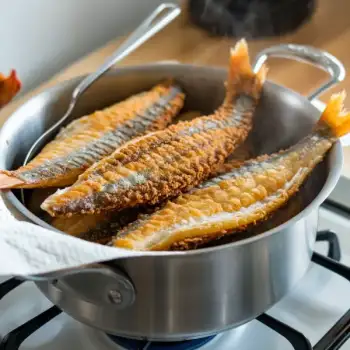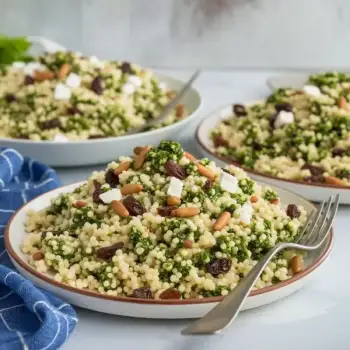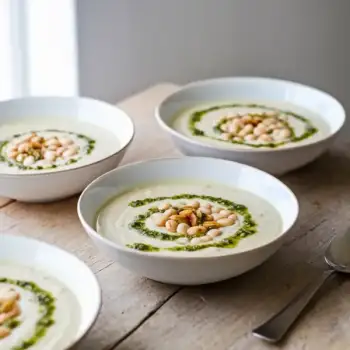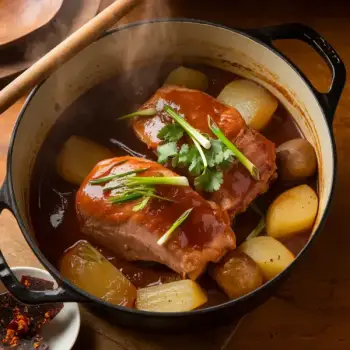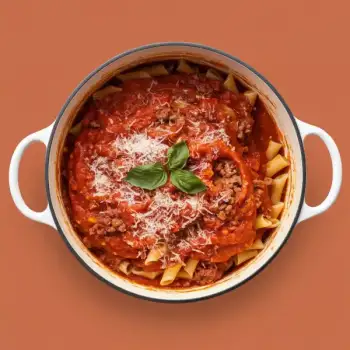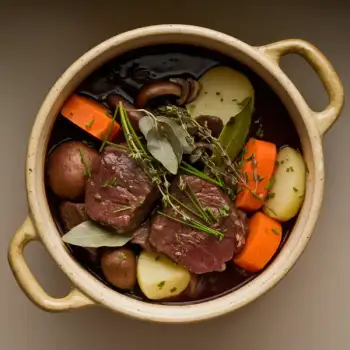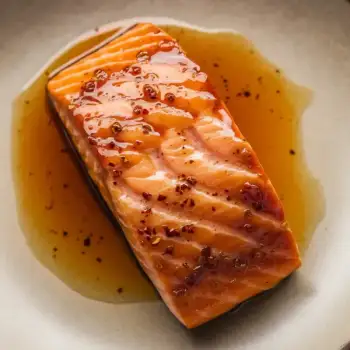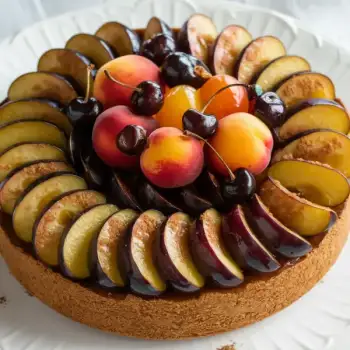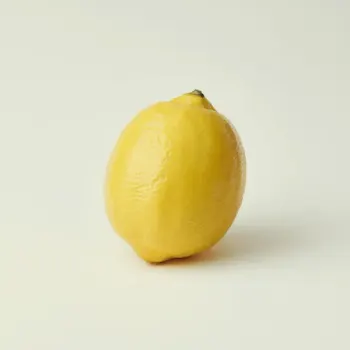


Sea Salt
Derived from evaporated seawater, it has a coarse texture and is often used in cooking and as a finishing salt.
Black Salt
A type of rock salt with a pungent smell, often used in Indian cuisine.
Table Salt
The most common type of salt, usually iodized and used for general cooking and baking.
Kosher Salt
A coarse salt without additives, often used in cooking for its easy-to-pinch granules.
Fleur de Sel
A form of sea salt that is hand-harvested from the top layer of salt ponds, it is considered a premium finishing salt.
Celtic Sea Salt
Harvested from the bottom of tidal ponds off the coast of France, it has a greyish color and a briny taste.
Himalayan Pink Salt
Harvested from the Khewra Salt Mine in Pakistan, it is known for its pink color and high mineral content.




sea salt: La Baleine
black salt: The Spice Lab
table salt: Morton
kosher salt: Diamond Crystal
fleur de sel: Le Saunier De Camargue
celtic sea salt: Celtic Sea Salt
himalayan pink salt: Sherpa Pink

Curing: This is a preservation method that involves covering food, usually meat or fish, in salt or a salt mixture. The salt draws out moisture and inhibits the growth of bacteria, extending the food's shelf life.
Brining: This is a technique used to tenderize and flavor meat. It involves soaking the meat in a solution of salt and water, often with other flavorings, for several hours or overnight. The salt helps to break down the proteins in the meat, making it more tender and flavorful.
Seasoning: This is the most common use of salt in cooking. It's used to enhance the flavor of ingredients and can be added at any stage of cooking. However, adding it too early can cause food to become too salty, so it's often best to add it in small increments and taste as you go.





